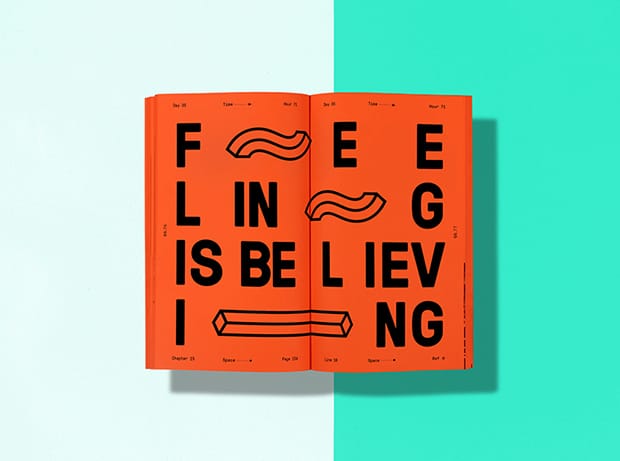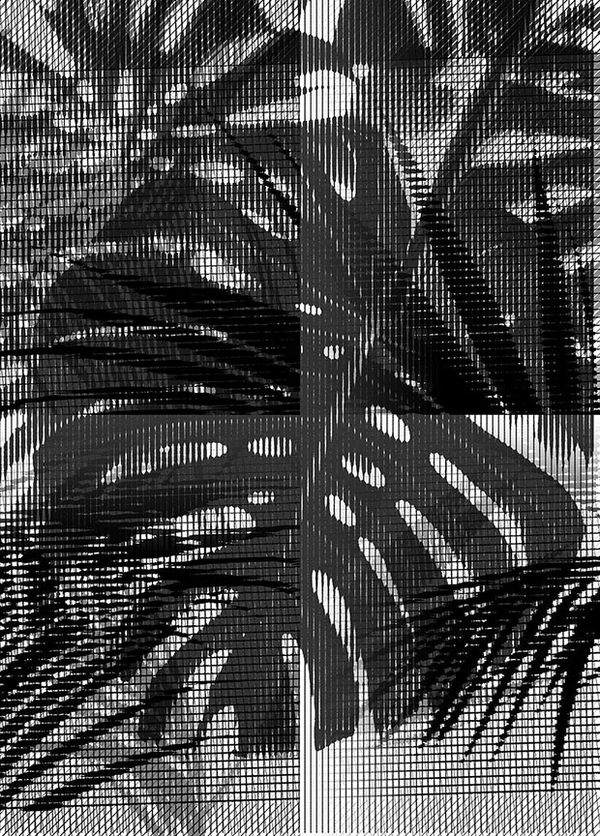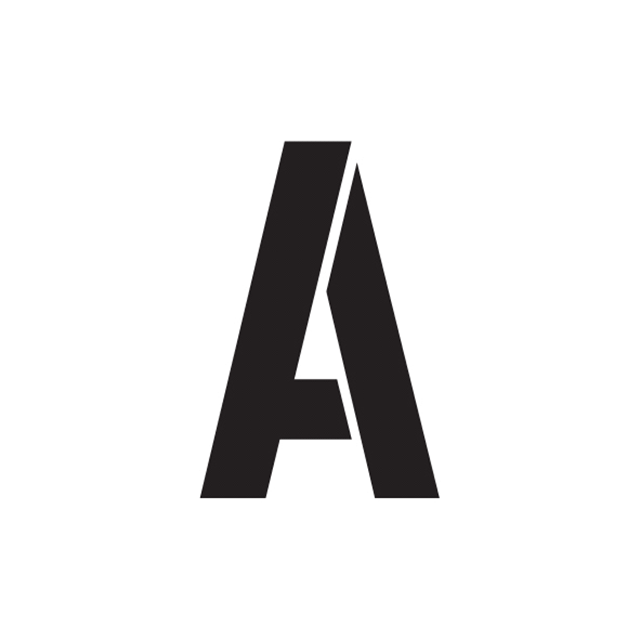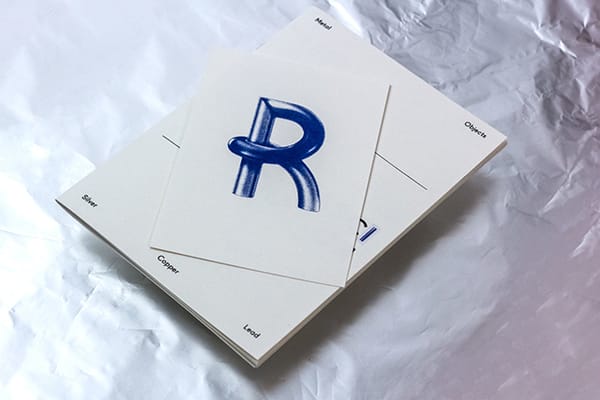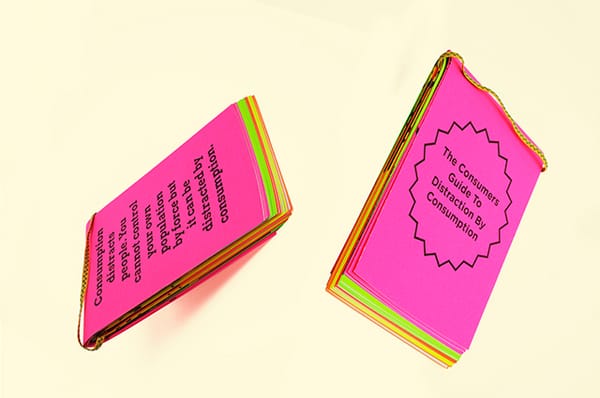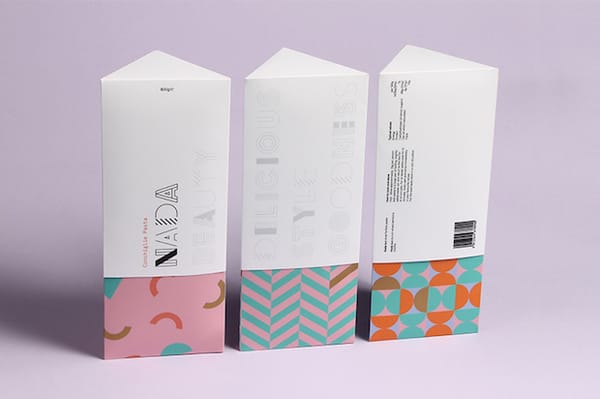Punchy geometric shapes run deep through both the editorial and exhibition projects of this Italian designer who has just completed an MA at LCC. Grafik caught up with Dario Gracceva to talk about some of his projects in more detail.
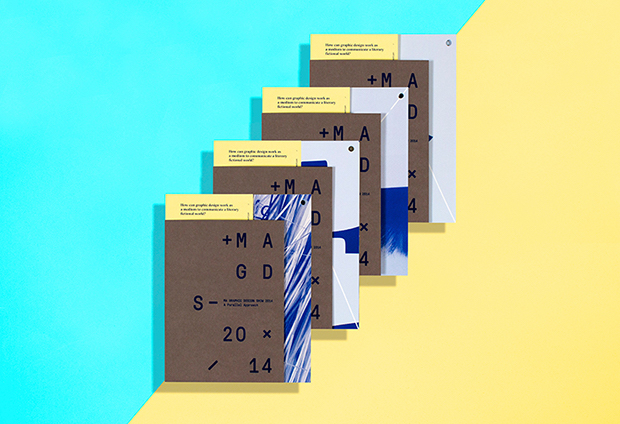
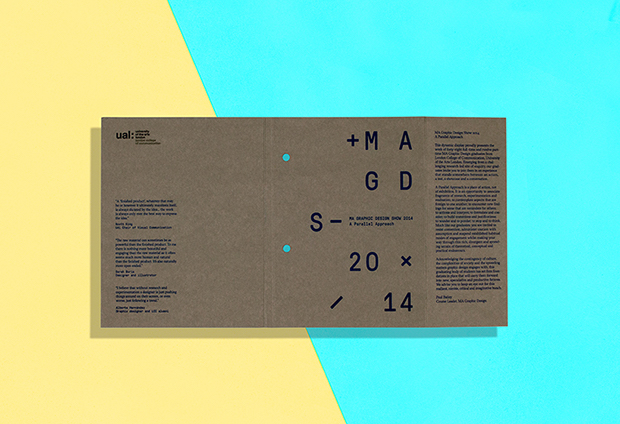
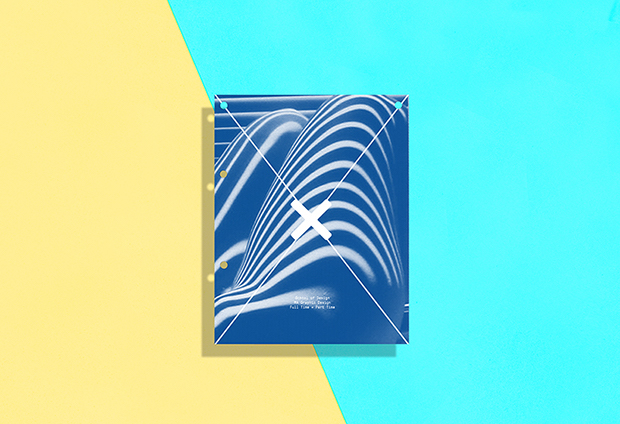
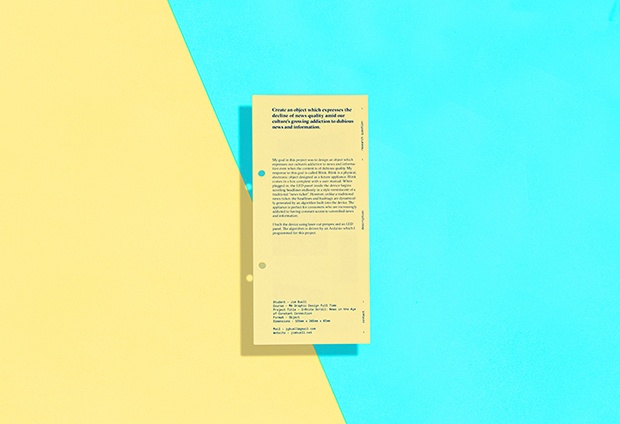
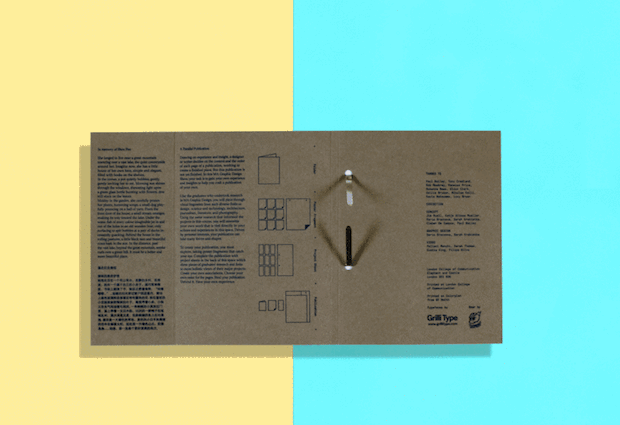
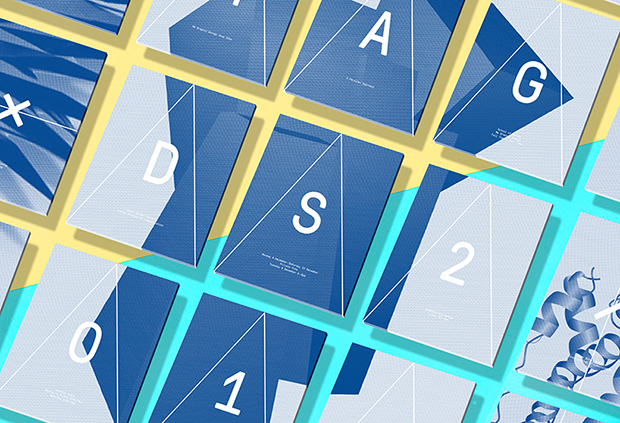
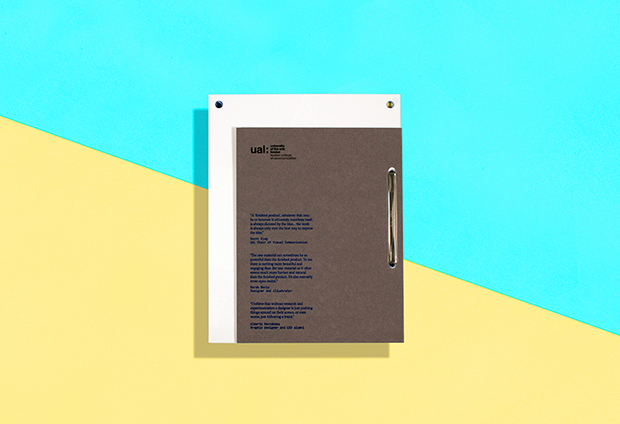
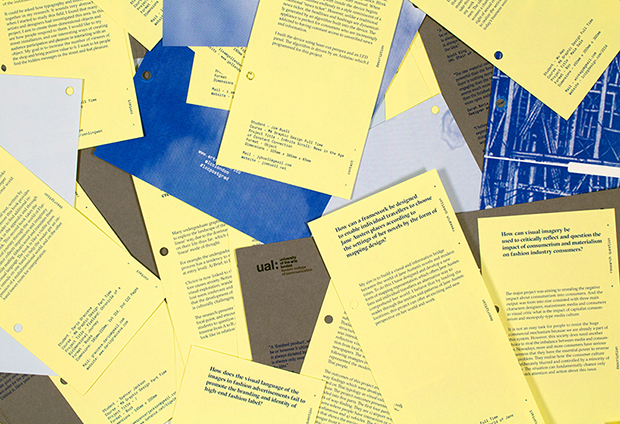
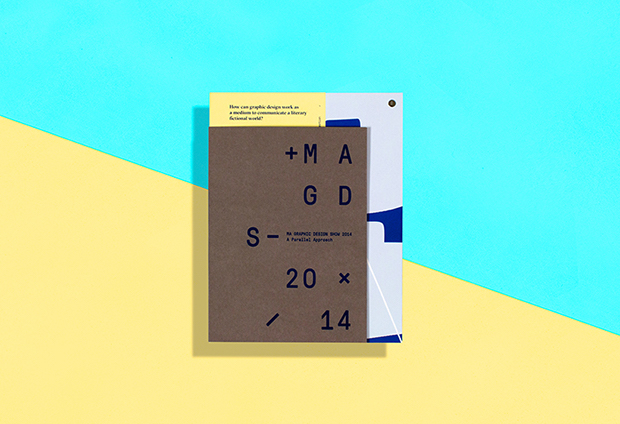
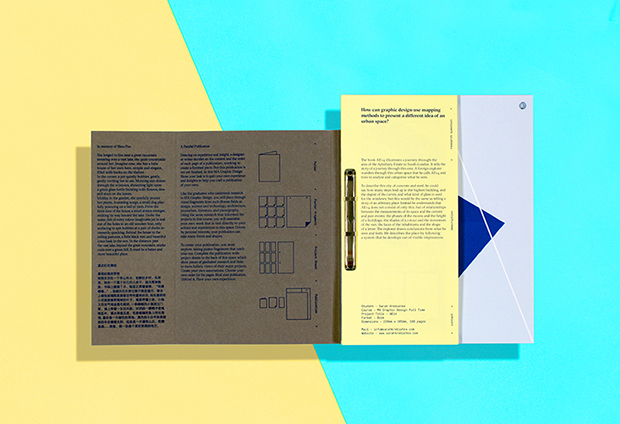
How would you describe your style?
I believe the way I approach graphic design today is the sum of my studies and my experience. I received my BA in Italy where I had great teachers who taught me a rational and strict approach to design. They helped me to build a strong fundamental knowledge, which I could the use as a base to develop my own ideas. Subsequently I studied for a year in Portugal where I encountered a more European approach, and I felt the influence of English design.
Last year I moved to London to study again after three years experience in the workplace. I started an MA in graphic design at London College of Communication, where the approach to design was completely different from what I had learned so far. After a phase of doubt I accepted and embraced the concepts and styles that came from English postmodernism. Today when I design, I always try to join my accuracy and care for details, use of grids and compositions that came from my first education with the freedom of expression I have gained here in London.
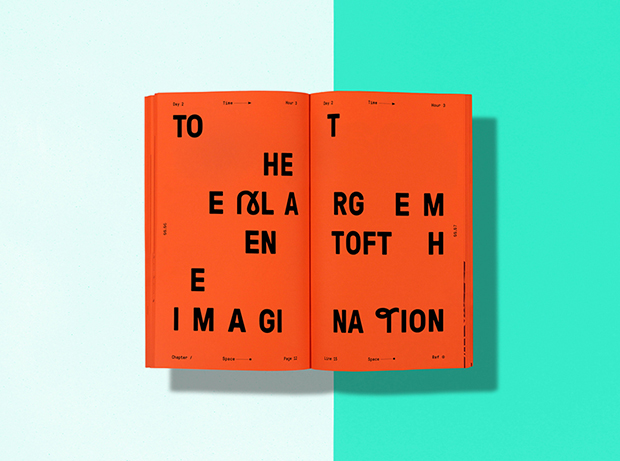
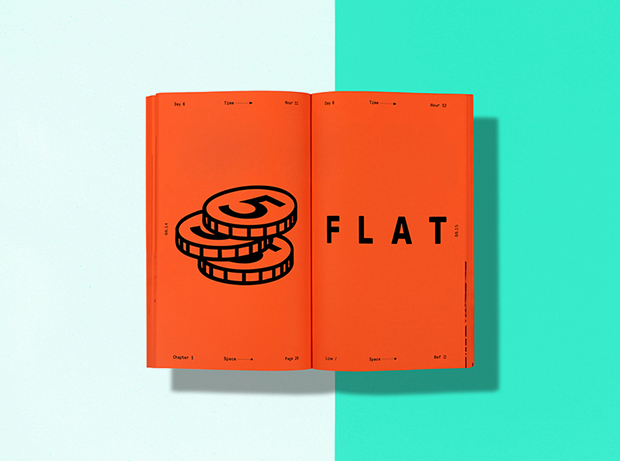
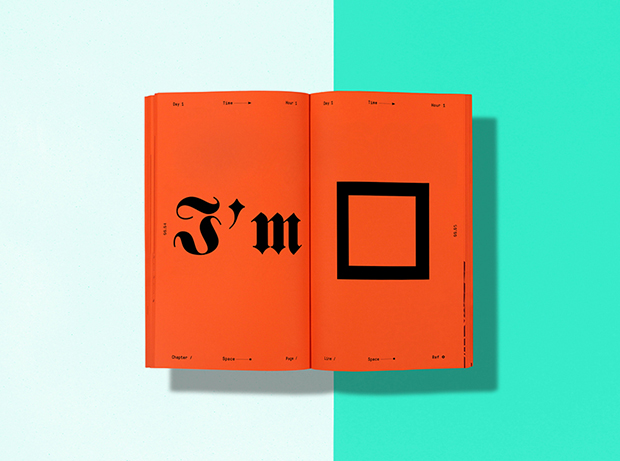
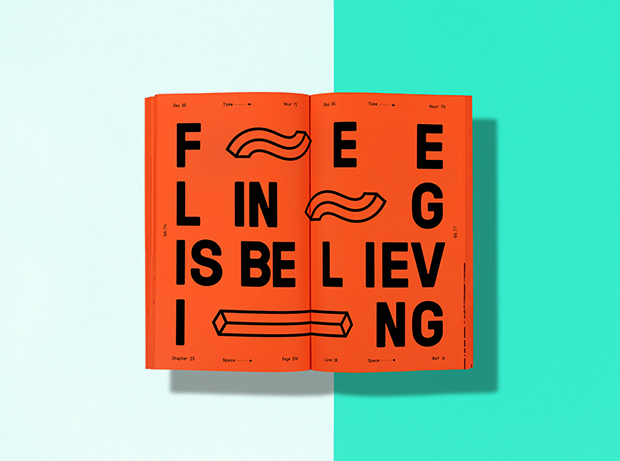
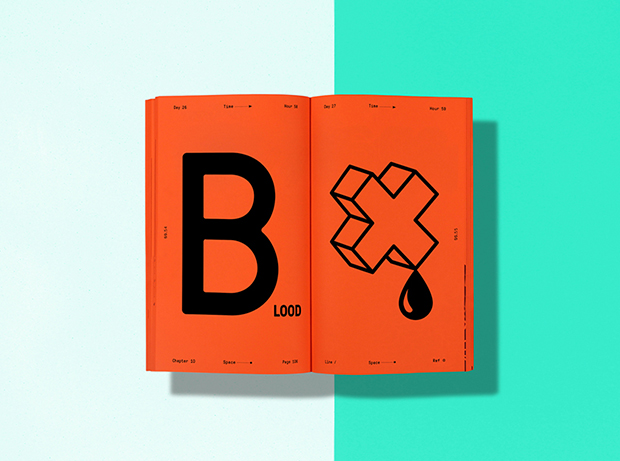
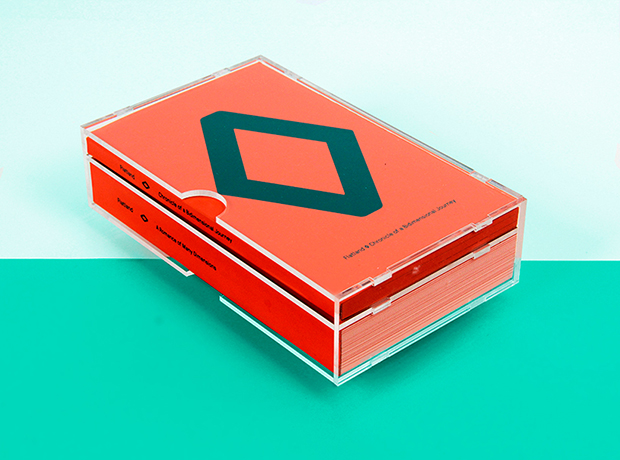
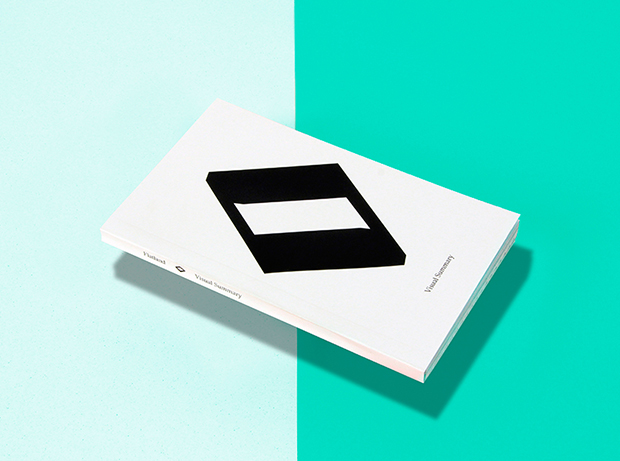
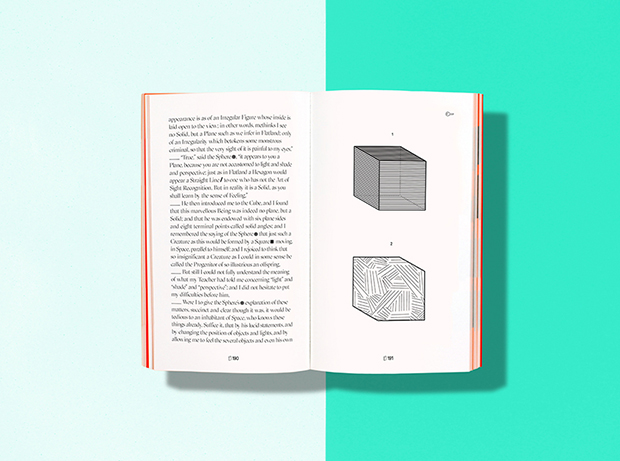
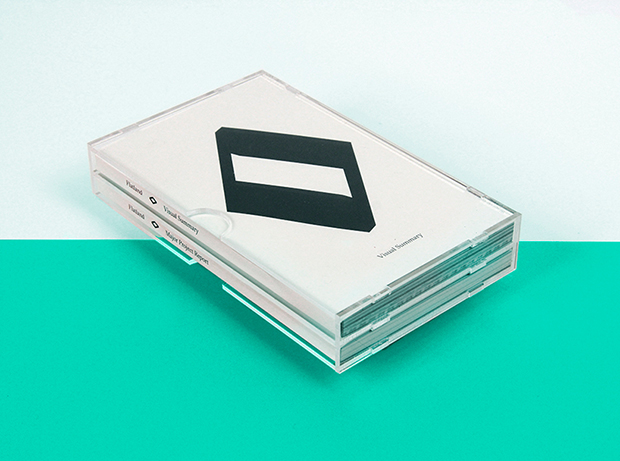
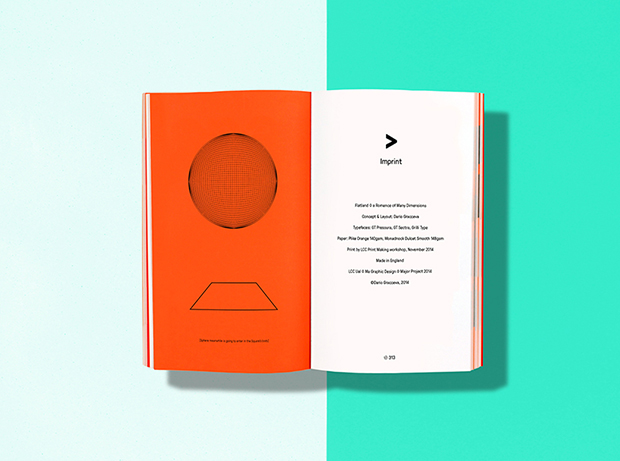
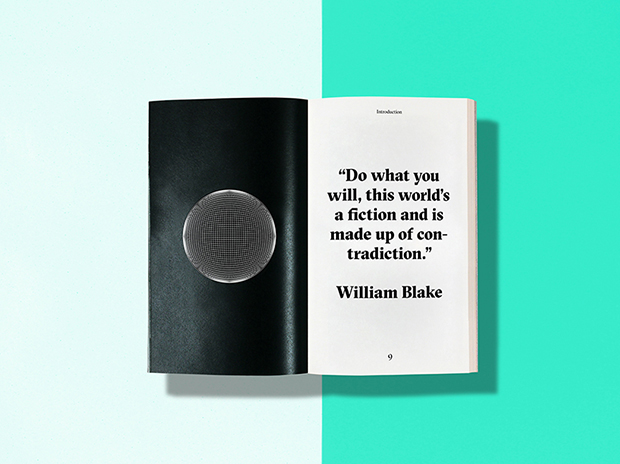
Tell us about your Flatland project.
Flatland is an novel that has amazed me since the first time I read it. Behind its simple story hides millions of ideas. For me it is an invitation to look beyond your own horizon. For my major project during my MA, I decided to reinterpret this novel because I think the concepts expressed in Flatland have a strong connection to the design field.
This project functions as both a means of telling a story through written language and as a visual narrator. It goes beyond the borders of what we call storytelling because it challenges the reader to interact between two books that work hand-in-hand in order to provide a deeper understanding of the abstract, two-dimensional world of Flatland.
The first book I produced contains the original text, written by Edwin A. Abbott in 1884. Moreover this book provides references that enable the reader to find additional information about the book in the appendix and through links to the other book. This second book takes the reader on a fictional journey through the world of Flatland. The narrator collects impressions and imaginary pictures while reading Abbott’s novel and translates them into a visual language. The book is like a physical poem that intends, on the one hand, to help the reader to get an impression of a multidimensional world, and on the other hand, to leave room for interpretation.
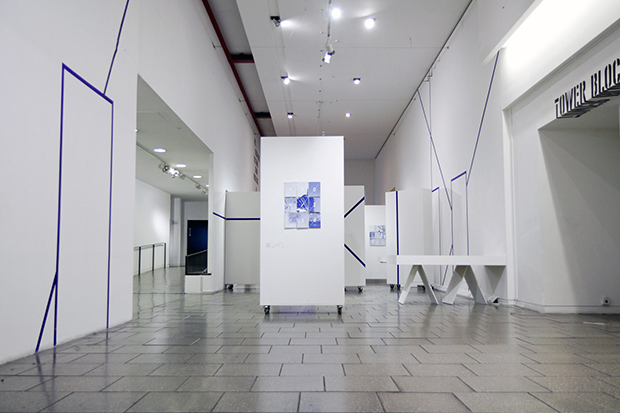
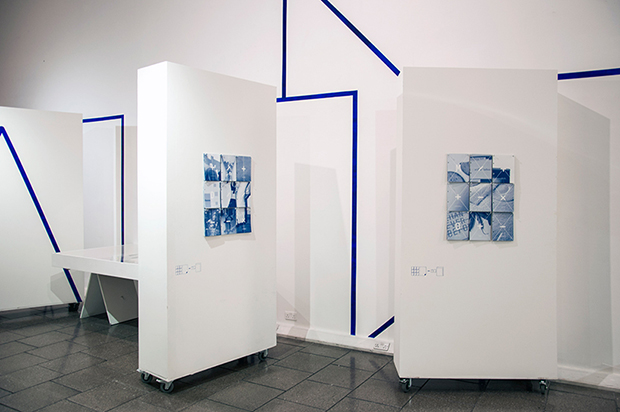
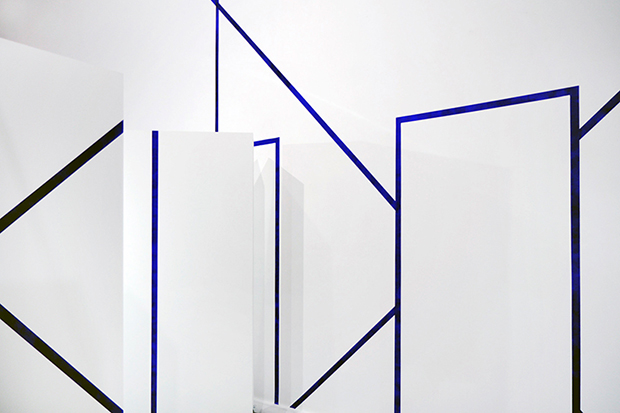
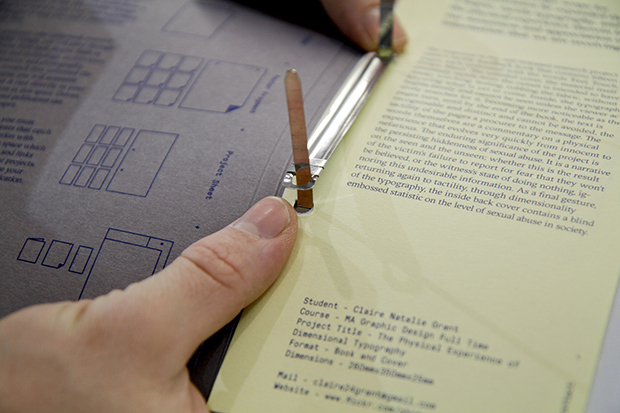
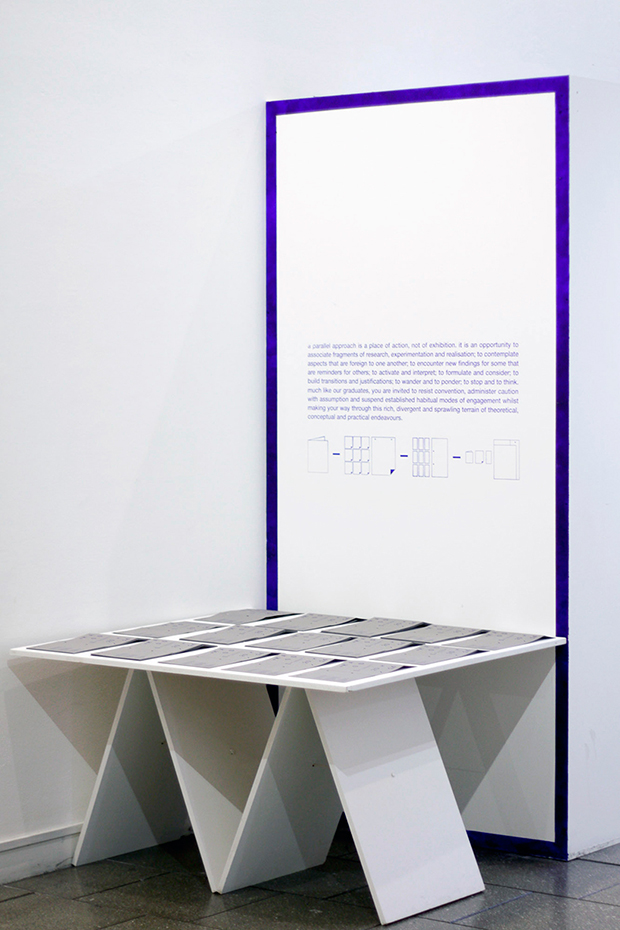
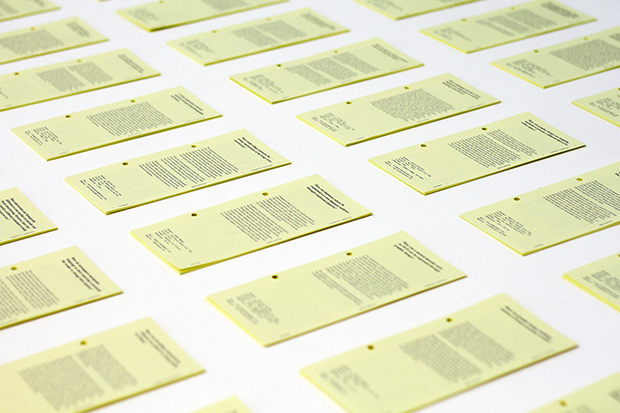

Which recent project have you found the most challenging and why?
The design and art direction of the 2014 MA Graphic Design Show at LCC. It was very challenging because I had to deal with a wide range of tasks including exhibition design, graphic design and the development of the concept for the show. We were working in a small team to a very tight timeframe, and our aim was to create a show that was new and different from typical student shows but still represented the student work and the university in the best way. A Parallel Approach aimed to be a place of action, not of exhibition. It gave an opportunity to associate fragments of research, experimentation and realisation. The printed publication could be created by the visitors themselves by collecting loose sheets and fragments in the show.
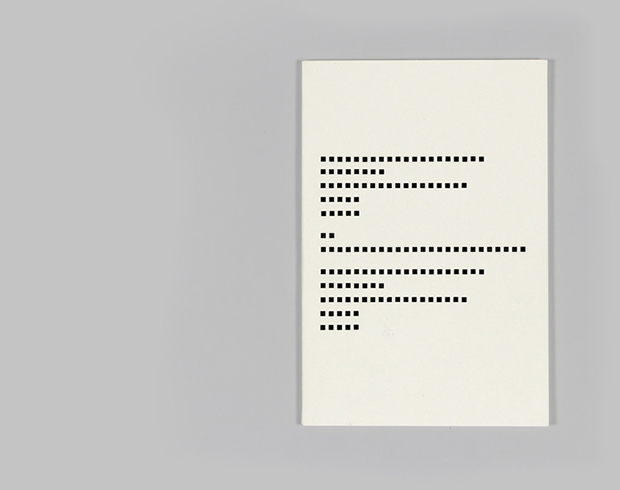
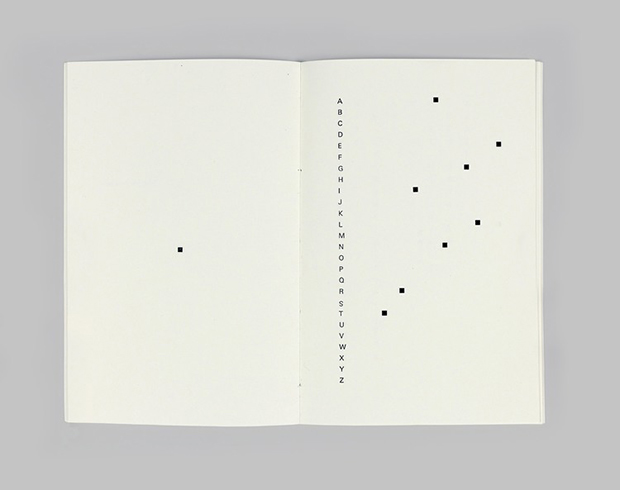
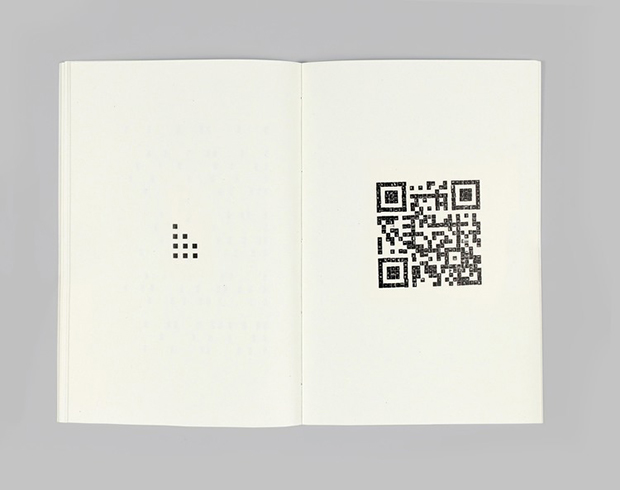
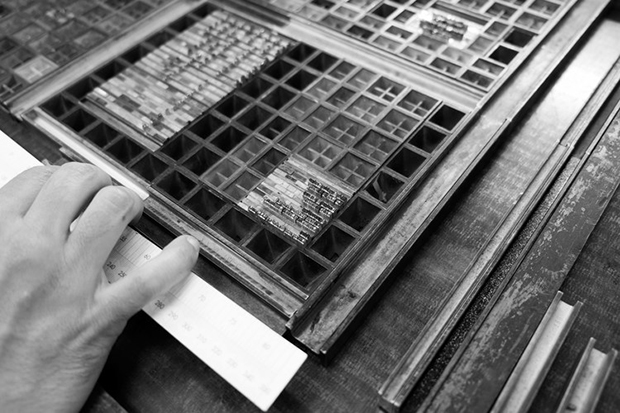
What sort of briefs do you like working on?
I like to work on briefs that leave room for my own ideas and expressions. In particular I love to work with clients who are passionate about their projects and where there is a strong concept because you feel the responsibility to create a new design that must communicate this idea.
What are your plans for 2015?
Right now I am working on some projects that are all related to music. I am looking forward to seeing how they will turn out. Besides working, my plans for 2015 are to find space and time for all the self-initiated projects that I have in mind. The last year was challenging and inspiring year and I filled my mind with ideas that I would now like to bring to life.

